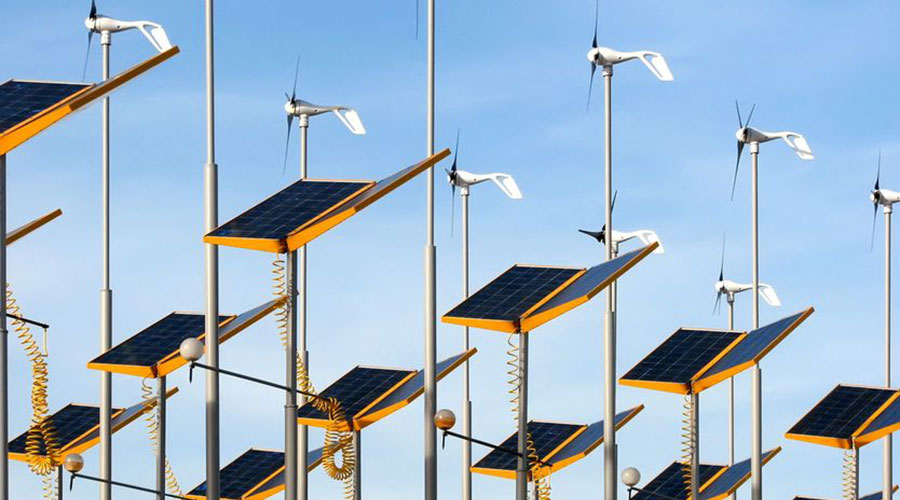Optimise electric motors, and consider installing a VSD
Best Available Technique (BAT)
BAT is to optimise heating, ventilation and air conditioning systems.
Brief technical description
When designing or modifying an installation, key issues are electric motors (and coupling with fans): choose the correct type and size of motor and consider installing a VSD.
There are at least two different ways to approach the concept of energy efficiency in motor driven systems. One is to look at individual components and their efficiencies, and ensure that only high efficiency equipment is employed. The other is to take a systems approach: the energy efficiency in motor driven systems can be assessed by studying the demands of the (production) process and how the driven machine should be operated.
Achieved environmental benefits
It is estimated that 10 % of the electricity consumption in companies is by ventilation systems. Where there is also air conditioning, ventilation and air conditioning can take up an even larger share of the corporate energy budget.
Cross-media effects
None reported.
Operational data
Energy efficient motors (EEMs) and high efficiency motors (H EMs) offer greater energy efficiency. The additional initial purchase cost may be 20 – 30 % or higher for motors of greater than 20 kW, and may be 50 – 100 % higher for motors under 15 kW, depending on the energy savings category (and therefore the amount of additional steel and copper use) etc. However, energy savings of 2 – 8 % can be achieved for motors of 1 – 15 kW.
The maximum efficiency is obtained for the motors of between 60 to 100 % full load. The induction motor efficiency typically peaks near 75 % full load and is relatively flat down to the 50 % load point. Under 40% full load, an electrical motor does not work at optimised conditions and the efficiency falls very quickly. Motors in the larger size ranges can operate with reasonably high efficiencies at loads down to 30 % of rated load.
The adjustment of the motor speed through the use of variable speed drives (VSDs) can lead to significant energy savings associated to better process control, less wear in the mechanical equipment and less acoustical noise. When loads vary, VSDs can reduce electrical energy consumption particularly in centrifugal pumps, compressors and fan applications typically in the range of -450%.
Applicability
All cases. Cost effective retrofit
Economics
In most audited installations, potential energy savings of up to 30 % of consumption have been detected. There are many possible actions giving a return on investment often within 3 years.
Driving force for implementation
- health and safety conditions at work
- cost savings
- product quality.
Example plants
Widely used.
 EE Metal
EE Metal




